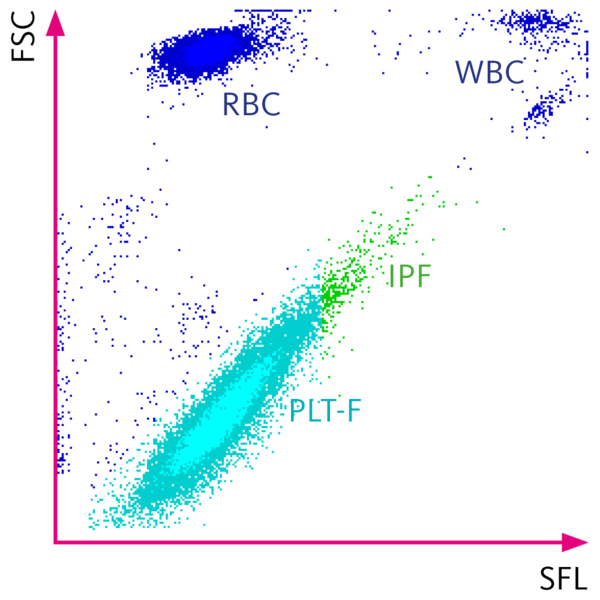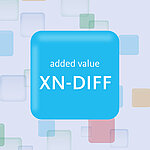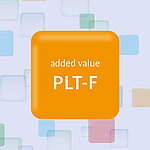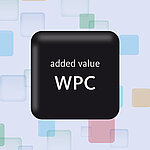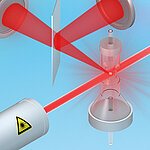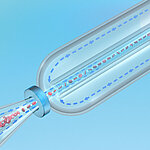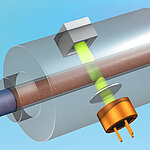PLT-F channel
The PLT-F channel was designed to deliver accurate and precise platelet counts – even with thrombocytic or problematic samples. A new reagent combination has been specially designed to meet this purpose.
The added value of the PLT-F channel
The fluorescence marker specifically labels platelets and no other blood cells, which minimises interferences and is one reason for the extremely good correlation with the CD41/CD61 immune flow cytometry method. Another reason is the high measurement accuracy in the low concentration range since the PLT-F channel analyses a 5-fold larger sample volume of the aspirated sample compared to the DC detection measurement.
With severely thrombocytopenic samples and those with an action message regarding an unreliable platelet result measured by DC detection, the XN-Series’ rule set automatically triggers the measurement of PLT-F as a reflex test. This ensures that only samples in need of the reflex test are measured in this channel.
The IPF supports quick and efficient differential diagnosis of thrombocytopenia as it initially suggests whether its cause is in the bone marrow or in the peripheral blood.
With patients with unclear thrombocytopenia, the new TWO algorithm of the Extended IPU triggers PLT-F analysis to make the relevant clinical information of IPF available. This automatic decision help to standardise and streamline your entire platelet workflow.
How it works
The membranes of the platelets are perforated by the lysing reagent but they remain largely intact during this process. Subsequently, the fluorescence marker specifically labels the RNA inside the platelets, avoiding interferences with other cells or fragments of similar size.
Using the forward scattered light and the fluorescence signal, the platelets are separated from red blood cells and white blood cells.
The PLT-F channel also allows the rapid and fully automated quantification of the immature platelet fraction (IPF and IPF#). Immature platelets can be separated from the mature platelets since they are more reactive and contain more RNA than mature ones. This is reflected by increased fluorescence signals, which are inversely proportional to the degree of maturity of the platelets.
